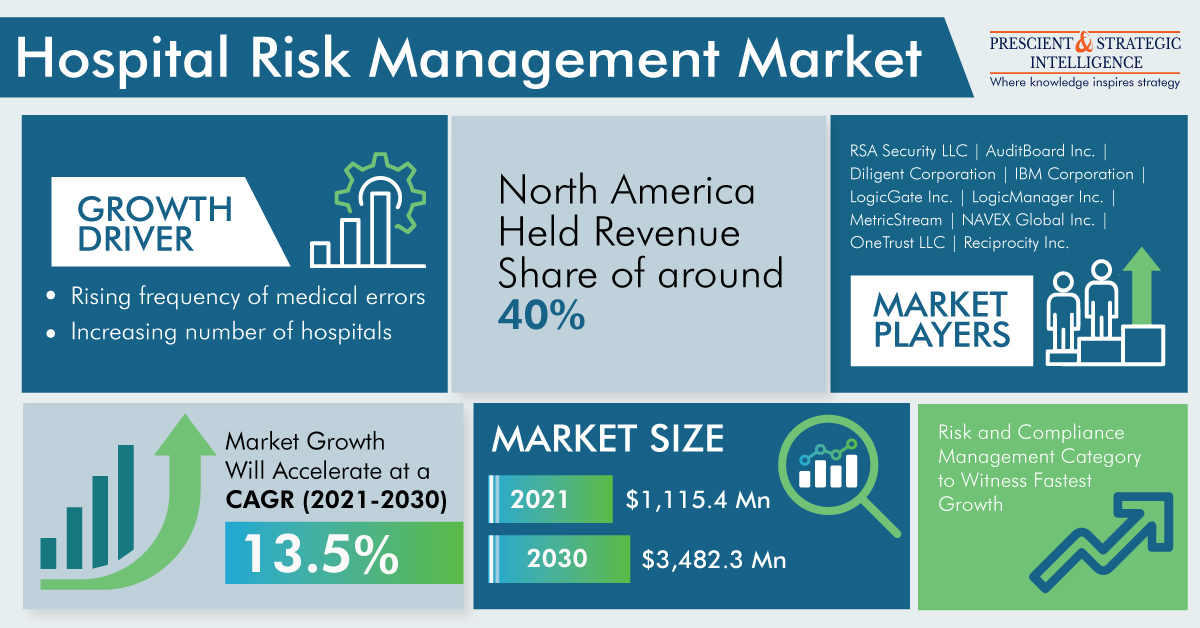The interventional radiology market was valued at USD 2,571.1 million in 2024, and it is expected to grow at a CAGR of 4.7% to reach USD 3,393.4 million by 2030. This growth is driven by the increasing elderly population, rising prevalence of chronic diseases, greater awareness of minimally invasive procedures, and the adoption of advanced medical technologies.
Product Insights: The MRI segment dominates the market and is projected to grow at a rate of 4.5% by the end of the decade. This is due to technological advancements and the rising demand for MRI systems. MRI technology uses a magnetic field and radio frequencies to produce clear, detailed images of soft tissues. There are two main types of MRI machines: open and closed-bore.
CT Scanning: CT scanners utilize X-rays to create detailed images of internal organs, with the ability to generate 3D images by viewing slices in a series. This makes it easier to identify specific problem areas. For example, iodine-based contrast agents are often used to highlight blocked blood vessels, aiding in accurate diagnoses.
Procedure Insights: Angioplasty is the leading procedure segment, primarily due to the rising number of cardiovascular diseases (CVDs). Angiography, a minimally invasive procedure, is widely used in vascular treatments and imaging, and is a preferred method by hospitals for both peripheral and cardiovascular diagnostics.
End Users: Hospitals are the primary end users in the interventional radiology market, owing to the presence of specialized healthcare professionals and a high patient volume. The increasing population, and thus the rise in patients, drives the need for cancer screening and diagnostic imaging, contributing to market growth.
Regional Insights: North America leads the market, supported by factors such as a growing aging population, prevalence of chronic diseases, high disposable income, advanced healthcare infrastructure, and technological progress. For instance, in March 2022, the USFDA approved the Stellarex 0.035” OTW drug-coated balloon for the treatment of peripheral artery disease, illustrating the region’s commitment to innovative products.
The demand for interventional radiology solutions is expected to continue rising globally due to the aging population and the increasing need for minimally invasive diagnostic and therapeutic procedures.







